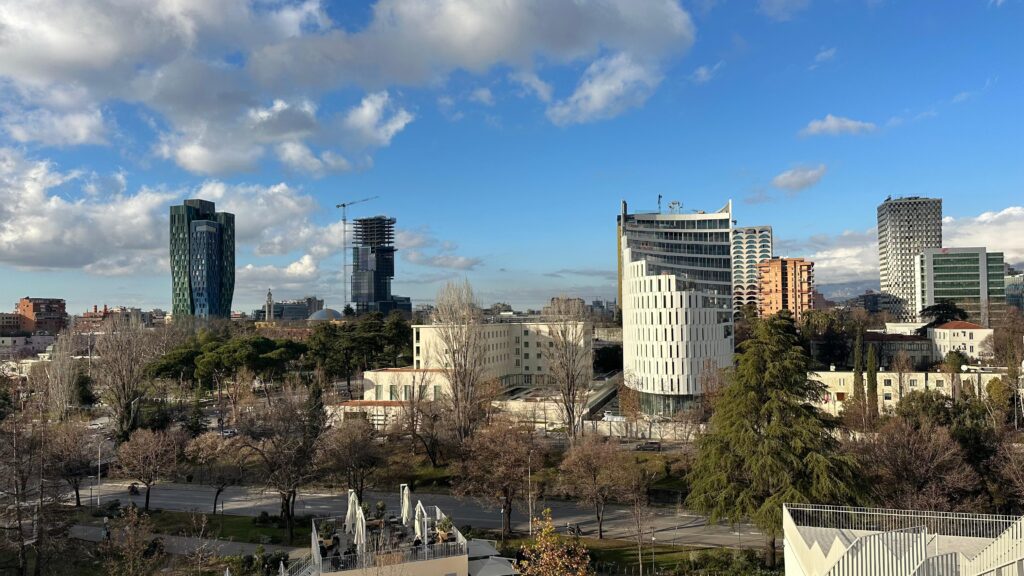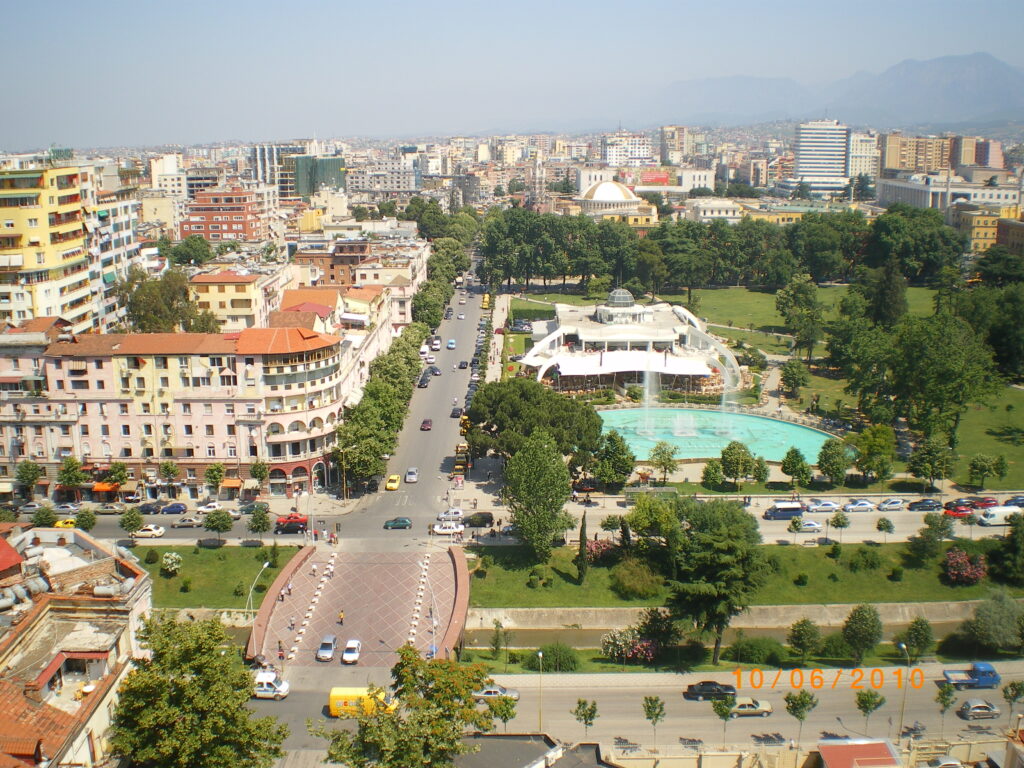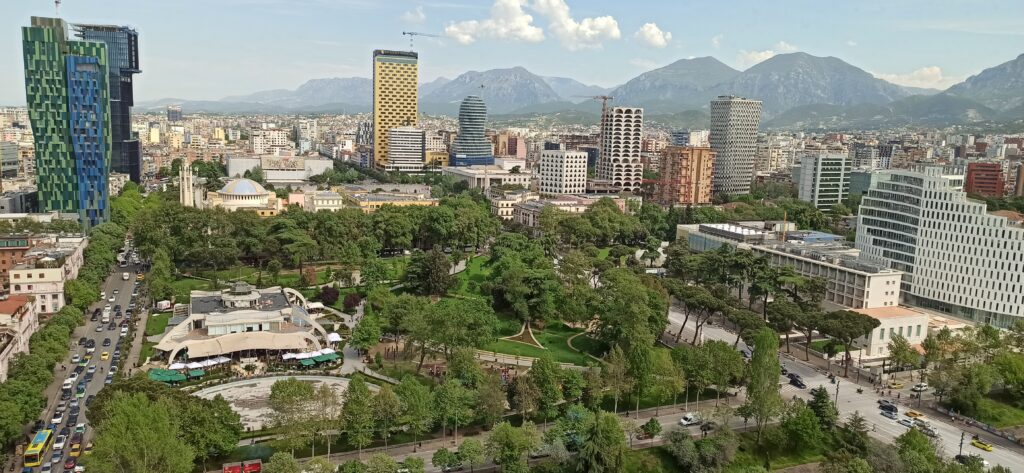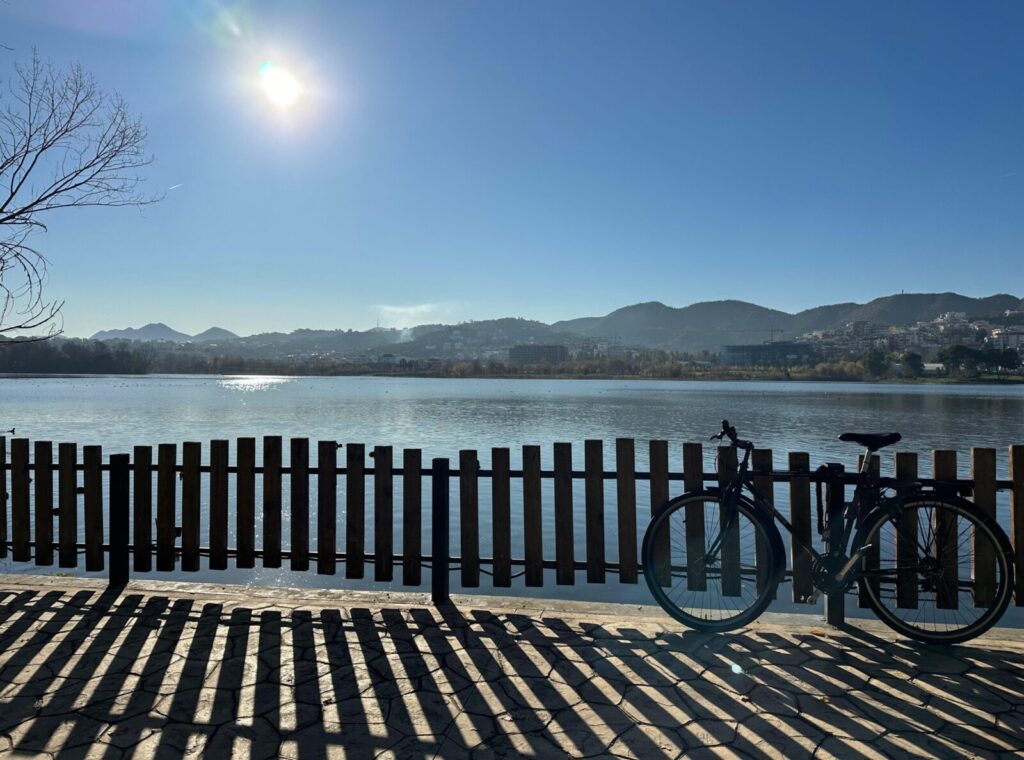
Tirana Today: A City of Transformation and Growth
Discover the history of Tirana today and uncover how Albania’s capital transformed from a quiet Ottoman settlement into a lively, modern metropolis. With its colorful streets, historic sites, and growing cultural scene, Tirana offers visitors a unique look into the past while embracing the future.
Tirana, the vibrant capital of Albania, is a city where history, culture, and modern development converge. Once a modest Ottoman-era town, Tirana has transformed into a dynamic European destination, attracting growing numbers of tourists, digital nomads, and international investors. This fast-evolving metropolis is a powerful symbol of Albania’s resilience and ambition—blending colorful traditions with forward-thinking innovation.
Today, Tirana offers a truly unique experience: ancient architecture alongside contemporary art, traditional markets next to trendy cafés, and scenic parks woven into a bustling urban rhythm. Whether you’re exploring its historical roots or its energetic present, Tirana captures the essence of a city in motion—bold, beautiful, and full of life.
A Rich History
Founded in 1614 by the Ottoman ruler Sulejman Pasha, Tirana remained a small town for centuries. The city’s humble beginnings saw it thrive as a trade center due to its proximity to major routes connecting the east and west of the Ottoman Empire. It wasn’t until 1920, following the country’s declaration of independence from the Ottoman Empire in 1912, that Tirana became the capital of Albania. Over the next several decades, the city grew slowly, and for most of the 20th century, Tirana remained a relatively quiet provincial capital.
However, the communist regime of Enver Hoxha, which took power after World War II, marked a significant turning point in the city’s development. Tirana today reflects many elements of this era, especially in its architecture and urban planning. Tirana became the epicenter of political, social, and economic life in Albania under Hoxha’s regime. Despite the state’s efforts to modernize and strengthen the city, the communist years were also marked by isolationism and strict control. These years saw the construction of imposing, brutalist government buildings designed to reflect the regime’s power and rigidity.
The fall of communism in the early 1990s triggered a dramatic shift in Tirana today, as Albania embraced democratic reforms and opened its doors to international investment and trade. This transformation did not happen overnight but occurred gradually over the next two decades as the city adapted to new economic realities. Tirana today is a vibrant metropolis that stands in stark contrast to the controlled, isolated capital of the past.
Old Tirana: Preserving the Charm of the Past

Despite the rapid modernization of the city, Tirana today still carries the charm of its past, especially in areas that retain traditional architecture and a sense of history. Old Tirana evokes nostalgia for many of its residents, showcasing the deep roots of the city’s rich history. Traditional Ottoman-style houses with their distinctive wooden balconies and red-tiled roofs still stand in pockets of the city, particularly in the central areas near the Bazaar of Tirana (Pazari i Ri). This traditional market area remains a vibrant space for locals, offering fresh produce, food, and handicrafts.
The centerpiece of Old Tirana is Skanderbeg Square, named after the national hero Gjergj Kastrioti (Skanderbeg), who fought against the Ottoman Empire in the 15th century. The square is home to several important landmarks, such as the Et’hem Bey Mosque, dating back to the 18th century, and the iconic Clock Tower, which was built in the 19th century. These historical sites remain the soul of old Tirana, linking the modern city to its Ottoman past.
However, the communist era took a heavy toll on the preservation of Tirana’s traditional architecture. Much of the city’s older structures were either neglected or destroyed in favor of large government buildings and propaganda structures. Brutalist architecture flourished during this time, reflecting the regime’s isolationist mindset. Despite this, some remnants of the communist period still exist, such as the National History Museum, which traces Albania’s journey from ancient Illyrian tribes to the rise of communism.
New Tirana: A Modern Metropolis

The contrast between Old Tirana and Tirana today is striking, especially when walking through the city’s newer neighborhoods. Since the early 2000s, Tirana today has undergone an urban renaissance, spurred by a combination of government policies, international investments, and a growing entrepreneurial spirit. Modernization efforts have led to the construction of new high-rise buildings, luxury apartments, and commercial spaces that have transformed the skyline.
One of the most striking features of Tirana today is its vibrant use of color. Many of the drab, Soviet-era buildings were given a vibrant facelift, with bright murals and colorful paint adorning the facades. This decision made Tirana today one of the most visually striking cities in the Balkans, with the streets now lined with colorful murals, sculptures, and street art. The use of color, alongside the rejuvenation of old spaces, embodies the city’s creative spirit and desire for renewal.
Perhaps the most iconic example of Tirana today is the “Tirana Skyline,” which includes towering skyscrapers, luxury apartments, and state-of-the-art shopping centers like the Toptani Shopping Center and the newly renovated New Bazaar area. These developments are a testament to Tirana’s growing economy and its increasing integration into global markets.
Another notable example is the transformation of the former industrial district into a modern urban hub. With newly constructed pedestrian zones, restaurants, cafes, and office spaces, Tirana today is becoming a desirable location for both locals and foreigners. The addition of business centers and residential buildings signals Tirana’s growth as a modern metropolis while maintaining its rich cultural heritage.
Tirana Today: A Growing Hub for Hotels and Hospitality
As Tirana today continues to evolve into a modern, cosmopolitan city, the hotel industry has experienced significant growth, mirroring the city’s overall development. With an increasing number of international tourists and business travelers flocking to the Albanian capital, Tirana today offers a wide range of accommodations that cater to diverse needs and preferences. From luxury hotels to budget-friendly options, the city’s hospitality sector is booming and making its mark on the global travel map.
The Green Side of Tirana

While Tirana becomes more urbanized, Tirana today remains committed to sustainability and green urbanism. One of the most famous parks is the Grand Park of Tirana (Parku i Madh), which features a beautiful lake, walking paths, and cycling areas. The park offers residents a peaceful escape from the hustle and bustle of city life, providing a refreshing contrast to the fast-paced urban environment.
Tirana has embraced the concept of “green urbanism,” focusing on sustainability and environmental consciousness. Efforts to plant more trees, build pedestrian-friendly zones, and create green public spaces have contributed to the improvement of air quality and the promotion of eco-friendly living. The government has worked to revitalize areas like the Lana River, turning it into a hub for recreational activities and enhancing the city’s overall environmental appeal. The city’s commitment to green spaces has not only improved its aesthetics but also the quality of life for its residents, ensuring a balance between modern development and environmental preservation.
Cultural Renaissance and Events
Tirana today is not just about modern development; it is also a city with a deep cultural heritage. As Albania’s cultural capital, Tirana hosts a wide range of festivals, artistic events, and performances that attract artists and creatives from around the world. The National Theatre of Opera and Ballet, the National Gallery of Arts, and the Bunk’Art museums—dedicated to the history of Albania’s communist regime—offer visitors an opportunity to explore the country’s rich cultural heritage.
The International Documentary and Short Film Festival, one of Tirana’s most important events, showcases the best in documentary filmmaking and international cinema. This focus on cultural activities has positioned Tirana today as an important cultural hub in the region, providing opportunities for creative industries to thrive and offering a platform for new talent.
Tirana today also embraces its artistic scene, which includes a flourishing music community, theater productions, and art exhibitions. The city’s vibrant street art scene, along with an increasing number of independent galleries and creative spaces, has made it a hotspot for artists who are looking for a platform to showcase their work. With growing international attention, Tirana today is gaining recognition as a city that nurtures creativity and innovation.
Economic Growth and the Future
The economy of Tirana today is expanding rapidly, driven by a rising middle class, an influx of foreign investments, and the growth of sectors such as technology, tourism, and construction. The city has become a commercial and business hub, attracting international companies and startups. Foreign investors are increasingly interested in Tirana today, and major international hotels, retail businesses, and financial institutions have opened their doors, contributing to the city’s growing hospitality and retail sectors.
Despite this positive trend, Tirana today still faces several challenges, including traffic congestion, air pollution, and urban sprawl. In response, the government has focused on improving public transportation, including the development of a metro system, which is expected to alleviate transportation issues in the coming years. The metro project is part of a broader effort to make Tirana today more sustainable and livable for its growing population.
Another challenge for Tirana today is the preservation of its historic areas amid rapid urbanization. Efforts are being made to protect the architectural heritage of the city, ensuring that new developments complement the old, preserving the unique character that makes Tirana today so special.
Conclusion: Tirana’s Evolution
Tirana today is a city that perfectly balances its rich history with the ever-advancing march of modernization. The historical charm of Old Tirana—characterized by its Ottoman architecture, ancient landmarks, and traditional neighborhoods—provides a glimpse into the city’s past, while New Tirana reflects innovation, creativity, and a bright future. As Tirana today continues to grow and evolve, it remains a symbol of Albania’s resilience, its embrace of progress, and its commitment to preserving the cultural identity that makes it unique.
Tirana today offers something for everyone—whether it’s the vibrant street art scene, the chic cafés, the historic landmarks, or the expansive green parks. With its seamless blend of tradition and modernity, Tirana today is emerging as a forward-thinking destination, one that offers a glimpse into Albania’s bright future and serves as a beacon of progress for the region.